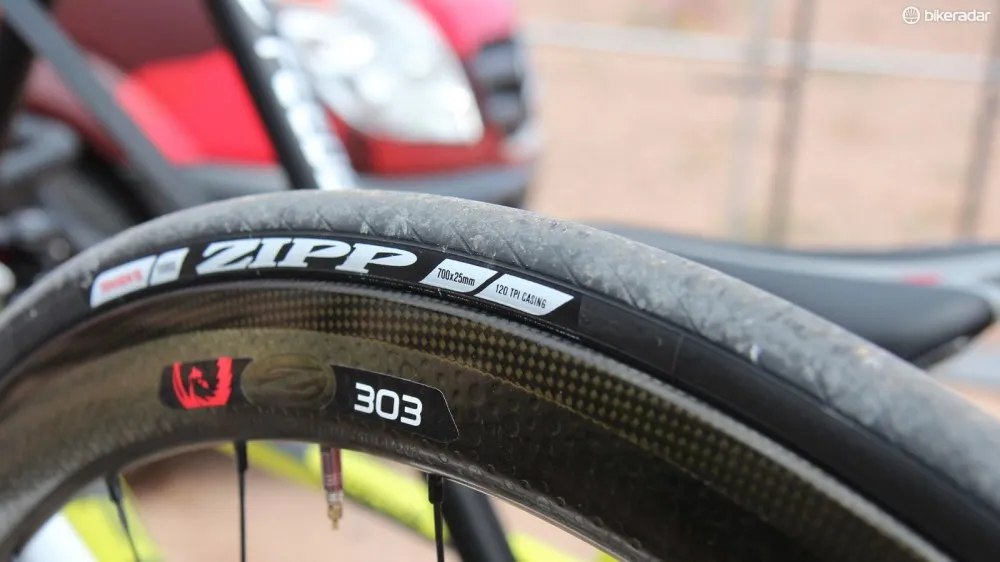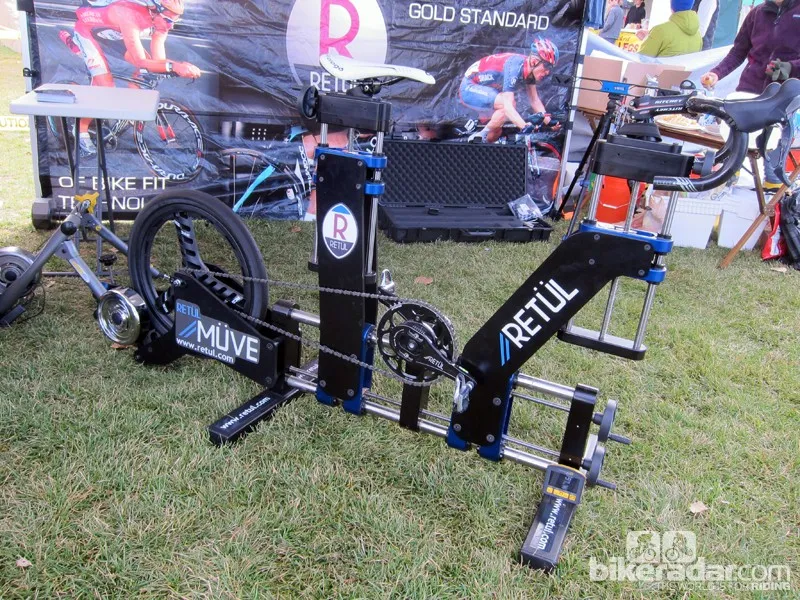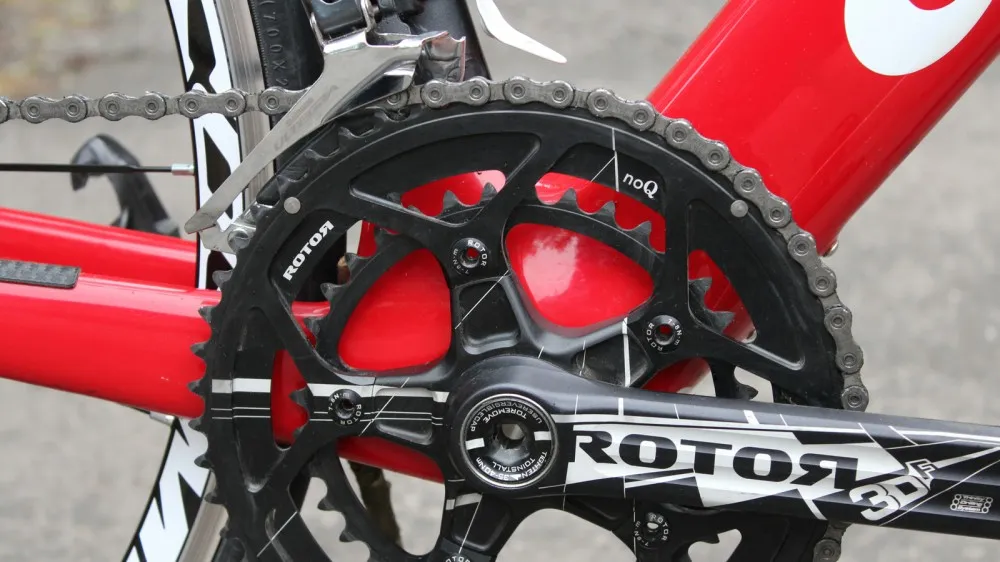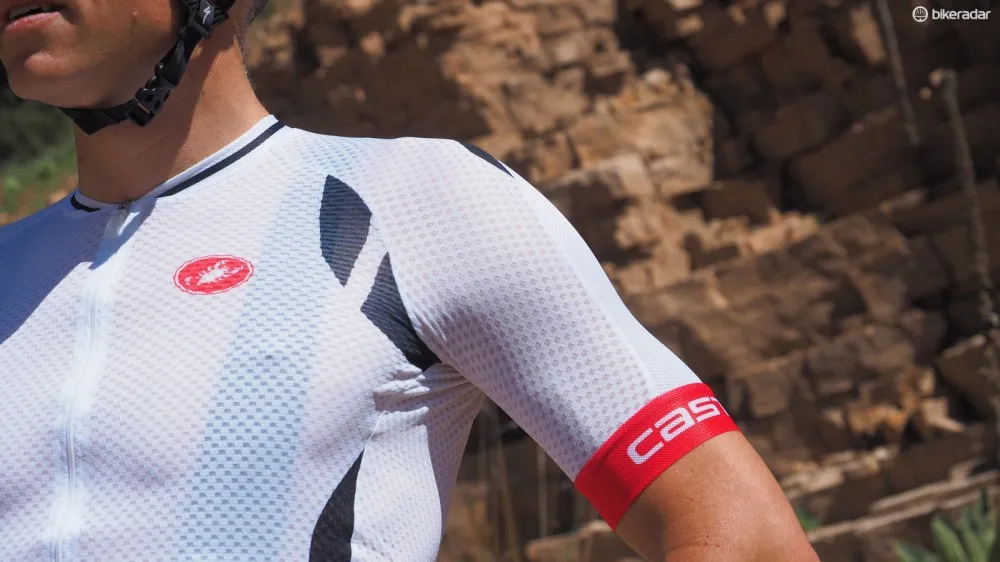As in any micro culture, trends come and go in cycling. Sometimes they bring us fixies and overly tight jeans; sometimes they bring us electronic drivetrains. Here are five bandwagons I am officially jumping on.
null
1. (Most) everybody playing nice, tech wise
About 18 months ago I advocated for Garmin to partner with Strava, suggesting putting an 'upload to Strava' button on the Edge computers. Garmin for years seemed to willfully ignore Strava's very existence, insisting for a time that sponsored team riders could not use Strava but instead had to use Garmin Connect. At the start of this year's Tour de France, Garmin debuted the new Edge 520 with Strava features built right into the GPS computer. Cool. And about time!

The Garmin/Strava partnership highlights what other tech companies have known, and operated on, for years: more people will use your stuff if it works with the stuff they already use. ANT+ and Bluetooth are the common languages of tech toys now. A few examples:
- Turbo trainers talk to laptops for training or for racing your buddies on the other side of an ocean
- Virtually all power meters talk to your Garmin or other GPS computer
- Garmin computers talk to your home wifi network, for automatic uploading after a ride
- Progressive heart-rate monitors and power meters talk to your smartphone, for training or easy software updates
Shoot, even grumpy old Polar has begrudgingly added Bluetooth Smart to its latest Look Power pedals. Of course, those still don't work on ANT+. Okay, maybe not everybody is playing nice yet...
2. Wider, better tyres
Yes, this one is as trendy as bright socks and coffee snobbery among cyclists (guilty of those too, I'm afraid). But whether the manufacturers genuinely believe in wider tyres or just want to cash in on the craze, clinchers now are readily available in 25, 26, 27, 28 and even 30mm options.

After riding and racing for years on 23, anything less than 25mm looks tiny to me now, and just feels harsh. Yes, most of the plush feeling of any tyre comes from its composition and its inflation — a 30mm specimen pumped to 160psi will not be comfy — but a slightly wider casing gives you a wider margin of error for air pressure before you pinch flat.
For me, I go with 25mm for standard road riding and 28s for dirt roads.
3. Emphasis on fit
Maybe it's because we're all getting older, or maybe it's because the bike industry is eager to sell us more services, but the focus on individualised fit is a good thing. From individual products like shoes and saddles to more comprehensive services such as in-store bike fits, we have more options for personalised comfort than ever.

Last week in The Wall Street Journal I read a weekend warrior's account of his training for La Marmotte. As part of his so-called 'Cycling Training Myths Debunked' article, he concludes that he doesn't in fact need a $10,000 bike to do a big ride. "I rode my $1,200 CAAD-10 and paid a fitter $100 to adjust the handlebars, seat and pedals to my body, which, surprisingly, makes a big difference," the author wrote. "My pedal strokes felt more efficient, and I didn’t feel as sore after rides." Well, duh. Getting comfy on your bike is Job #1.
4. The semi-compact
Another one to file under "maybe it's because we're all getting older..." The standard 53/39 crankset gets too big, fast, when you hit the mountains, but the compact 50/34 is too small when you want to ride fast down them. Enter the Goldilocks semi-compact 52/36, which comes standard on many 2016 bikes.

On my personal bike I now have a 53/36, thanks to Dura-Ace's new spider standard.
At the Tour this year, I noted more than a few bikes with smaller (for pros) inner rings. The MTN-Qhubeka team, for instance, are running 53/38. Ryder Hesjedal, who won the Giro d'Italia, has the same 53/38 on his new Cannondale SuperSix EVO. Similarly, many riders like current Tour third-place Tejay van Garderen are using 11-28 cassettes. Anything bigger than a 23 used to be a mark of shame; now experts like Dr Allen Lim have convinced many riders that gearing down on steep climbs means going faster.
For me, test bikes that show up with the Goldilocks 52/36 11-28 gearing mean I'm much more likely to take them on big mountain adventures. Bikes with 39/25 as the low gear? Those get confined mostly to the flats...
5. Long, stretchy sleeves
I have a couple of pet peeves when it comes to riding gear. One, I've got no patience for bib shorts with a misplaced chamois, no matter how much they cost. And two, a smaller concern but a peeve nonetheless, are short little sleeves that make me look like I'm wearing my daughter's jersey.

For years, those of us who aren't built with Nibali-width shoulders had two options: get a jersey that fits in the waist but is way too tight in the shoulders, or get one that fits in the shoulders and flaps around the waist.
Now, perhaps because of fixation on aerodynamics or maybe just the ever-changing nature of fashion, shoulders and sleeves are increasingly cut from longer patterns with silkier polyesters. This means we can wear jerseys that don't look like James Dean's t-shirt.
